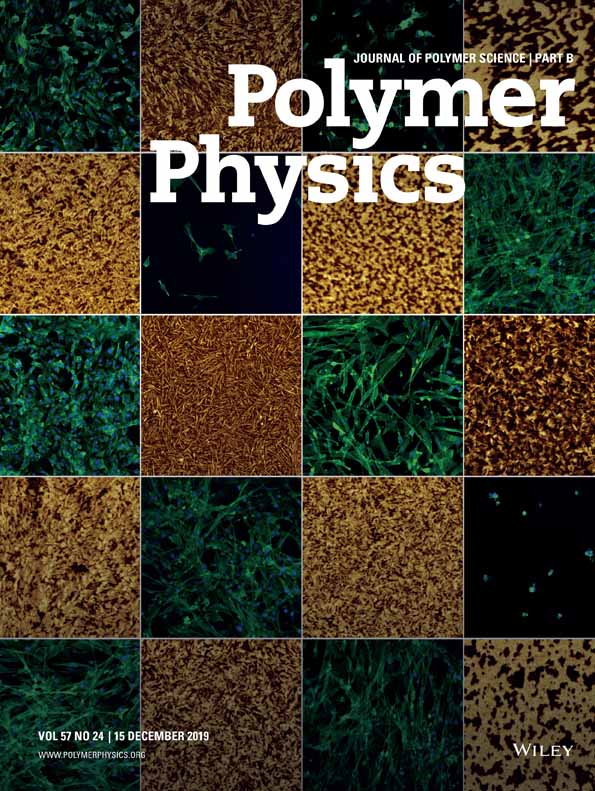Effect of thermal annealing on the gas permeability of HIQ-40 films
Abstract
The copolyester formed from 40 mol% p-hydroxybenzoic acid (H), 30 mol% isophthalic acid (I), and 30 mol% hydroquinone (Q), designated as HIQ-40, forms isotropic, amorphous films when appropriately cast from a solvent. Thermal annealing leads to a mesogenic texture and some level of crystallinity. It is shown that these ordering processes lead to dramatic reductions in gas permeability; the magnitude of the decrease increases with the size of the penetrant. The current results are consistent with previously reported sorption data for acetone in HIQ-40. © 1996 John Wiley & Sons, Inc.




